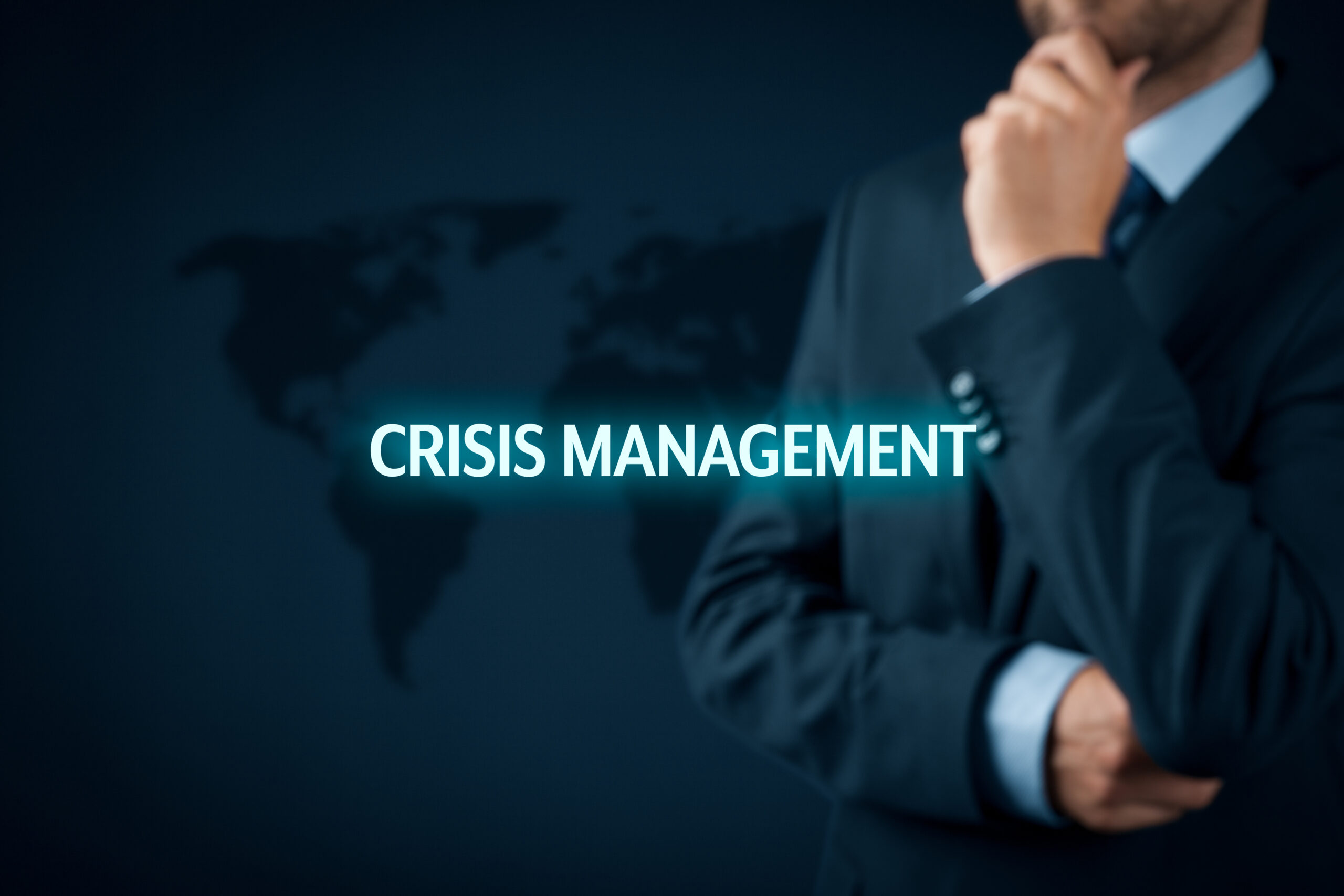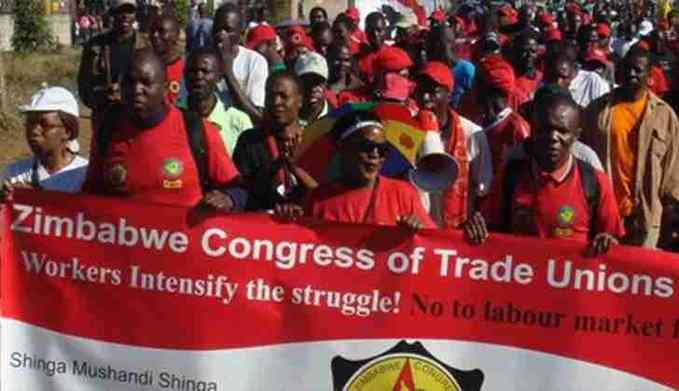
Get it wrong, and your attempts at Public Relations and Communication crisis management could actually escalate the issues. To get it right, follow these seven rules for managing a communications meltdown — and your reputation should survive, if not unscathed, at least intact.
The consequences of PR & communication Public Relations and Communication The fallout of a PR & crisis can be devastating. If it’s not managed astutely, it can destroy customer trust, scare off potential clients, discomfit investors, crush a corporate reputation or halt an emerging brand in its tracks. In short, it can create a damaging disconnect between your organisation and its key stakeholders. It can also undermine your corporate communications strategy, rendering it an investment wasted, and losing the PR & communications team the support of senior leadership.
If you’re lucky, the after effects of a PR & communication crisis will be short term, lasting until the next news cycle rolls around, or your next success. If you’re unlucky, the damage done could be irreparable. But whatever its longevity, it’s almost certain that a PR crisis will impact your bottom line, denting profits until you can resurrect consumer confidence.
Consequently, all public relations professionals need to have a crisis communication plan in place ready to respond. Reacting in a timely, appropriate way could make the difference between a reputational blip and long-term stigma.
When you consider the consequences of a PR & communications crisis in terms of reputational risk, you’ll recognise that PR & communications crisis management needs to be built into your risk management and reputation management planning.
The definition of a PR & communication crisis If your organisation has a public profile, it is open to the risk of a PR &Communication catastrophe. Government agencies, publically listed corporations, privately owned companies, charities – any one of them could suffer a potentially ruinous communications crisis.
To identify whether you’re experiencing a true PR & communication disaster, one litmus test is whether events are escalating beyond the control of the communications team, up to senior management. The simplest definition, however, is any publicity bad enough to affect your everyday operations.
The nature of the crisis could take one of many forms. In today’s hyper-transparent, super-connected digital world, corporate governance is under unprecedented scrutiny. Any misstep will be quickly publicised, and vilified, across social media. Common causes of criticism include poor employee behaviour, unwarranted executive pay, cyber breaches, and apparent hypocrisy. Cyber security breaches where client data is exposed by hackers, are guaranteed catalysts for PR & communication storms.
- Chamisa under fire over US$120K donation
- Mavhunga puts DeMbare into Chibuku quarterfinals
- Pension funds bet on Cabora Bassa oilfields
- Councils defy govt fire tender directive
Keep Reading
Alternatively, the ignition event could be nothing to do with your organisation’s activities. It could be a negative story surrounding your industry or instigated by one of your competitors. It might be geographical – a local event that taints any company based there, such as pollution or the outbreak of disease. It might even be a case of mistaken identity — unflattering media coverage about an unrelated business with a name that sounds like yours. No matter how unimpeachable your own reputation, you can be drawn into a crisis caused by others. From the moment a potential PR & communication disaster appears on your risk horizon, it will follow a mappable timeline. The risk emerges, the crisis hits, the storm peaks, then the crisis management team handles the transition out of the crisis. How impactful the crisis is depends on the length of this timeline. Limiting the timeline is the aim of your crisis management plan.
The seven golden rules of PR & communications crisis management
To make a crisis manageable, your strategy needs to be timely, effective and authentic.
React quickly Get ahead of the story before you are overwhelmed by it. Time can be spent later refining your strategy. It’s more effective to make your initial move quickly, rather than waiting to see what happens. Get a positive response out there as soon as possible.
Step up and take responsibility
Making excuses, however justified, won’t help your reputation as an authentic, transparent business. Whatever the issue, you need to be seen to acknowledge it. And, if you have made a mistake, don’t be shy in saying sorry. A little humility goes a long way. As does a human response to the emergency.
Be proactive Acknowledging the issue is important, but even more crucial is taking action to correct it. Ensure you surface all of the potential impacts in your crisis management plan, so that you can take all of the required actions. Tell people what you’re going to do about the problem – then do it
Get all your stakeholders on board Don’t make the mistake of thinking that public relations only needs to reach customers and shareholders. When a crisis hits, all of your stakeholders want reassurance that you can handle it. Employees, managers, suppliers, the local community and interested observers all need to be confident that business will continue as usual.
Cover every channel A press release is only as powerful as the audience it reaches. To reach all of your stakeholders, you need to speak to them via the communication channels they inhabit.
Effective crisis communications should be delivered not just via media that your stakeholders communicate with you over, but also the platforms they reach each other through
Engage media monitoring You’ll be better prepared for upcoming crises if you can spot them coming. And it is easier to respond appropriately to stakeholders if you know what they’re saying about you. That’s where media monitoring comes in. By tracking mentions of your organisation, and prioritising them using sentiment analysis, you’re better positioned to anticipate and ameliorate any crisis situation.
Stop the crisis before it happens The best way to handle a crisis is not to cause one. Build out your reputational capital so that you have the strength to withstand any negative publicity. This might be through strong corporate social responsibility behaviours, or customer brand loyalty founded on consistently good service. It could be by always doing what you say you will. It might be a consistently strong environmental policy. However, you hone it, an admirable corporate reputation is the most powerful weapon you can wield in preventing a PR & communication crisis.
And then there’s the ways not to handle a PR & communication problem.
If you’re doing any of the below, you’re setting your crisis plan up for failure:
- Don’t indulge in knee jerk reactions
While speed is of the essence, your responses to a crisis need to be measured, considered and targeted. Getting emotional about things isn’t going to help, and will make you look unprofessional and unimpressive. A moment of silence is worth a thousand ill thought out responses.
- Don’t present a disunited front
Ensure no employees are responding to the crisis without approval for what they publish. A rogue individual can cause untold damage, so consider locking down external communications from everyone except the crisis management team.
- Don’t fuel the fire
It’s easy to take criticism of your organisation personally – particularly if you’re the target of that criticism. Resist the urge to hit back. Tit for tat never ends well. Instead, step back, and think before you tweet. You might realise that your detractors have a point.
- Don’t create a social media crisis
The speed with which a molehill can turn into a mountain when amplified through the lens of social media is frightening. Mishandled, what started as a story on the middle pages of a local newspaper could go viral. Stick to your own message on social media rather than responding to other’s posts
- Don’t assume it’s a crisis when it’s not
Not every negative news event is a crisis. It might just be a criticism. Or filler on a slow news day. Or the opinion of a non-stakeholder that you don’t need to prioritise. Create a scale by which to judge the severity of the issue, and react accordingly.
- Don’t disenfranchise the PR & communication team:
You hired your communications manager and their team for a reason. Let them do their job. While senior leaders will doubtless need to be kept in the crisis loop, the PR & communication people are best placed to handle a PR & communication crisis.










